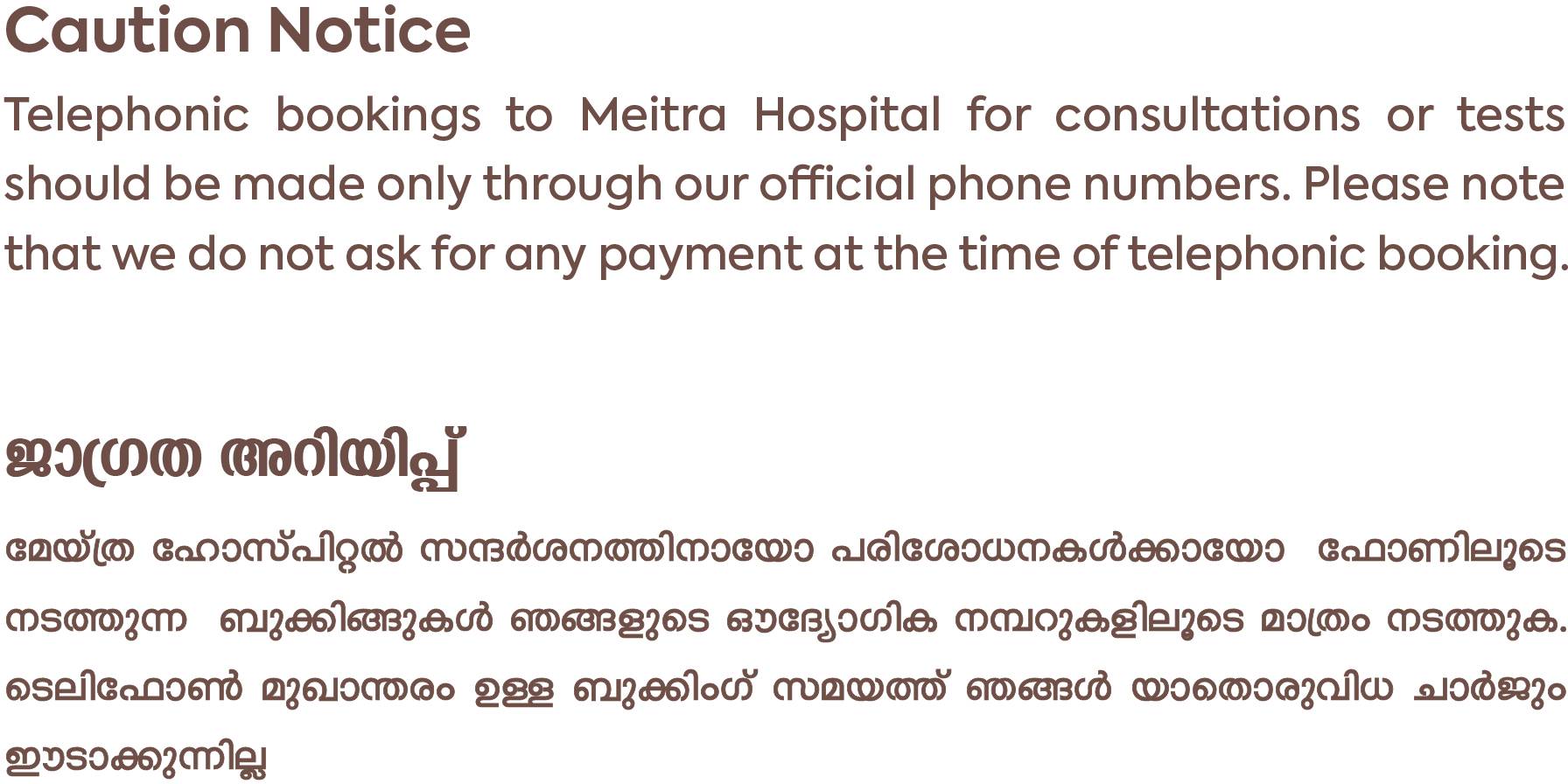- Our Doctors
- Our Specialities
Centres of Excellence
-
 Centre for Blood Diseases, BMT & Cancer Immunotherapy
Centre for Blood Diseases, BMT & Cancer Immunotherapy -
 Centre for Bone, Joint & Spine
Centre for Bone, Joint & Spine -
 Centre for Critical Care Medicine and ECMO Services
Centre for Critical Care Medicine and ECMO Services -
 Centre for Gastrosciences
Centre for Gastrosciences -
 Centre for Heart & Vascular Care
Centre for Heart & Vascular Care -
 Centre for Nephro-Urosciences
Centre for Nephro-Urosciences -
 Centre for Neurosciences
Centre for Neurosciences -
 Centre for Obstetrics and Gynaecology
Centre for Obstetrics and Gynaecology -
 Centre for Organ Transplantation
Centre for Organ Transplantation
Super Speciality
-
 Advanced Diagnostic and Interventional Radiology
Advanced Diagnostic and Interventional Radiology -
 Anesthesiology & Pain Management
Anesthesiology & Pain Management -
 Clinical Nutrition and Dietetics
Clinical Nutrition and Dietetics -
 Dental and Maxillofacial Surgery
Dental and Maxillofacial Surgery -
 Dermatology
Dermatology -
 Emergency and Trauma
Emergency and Trauma -
 Endocrinology and Metabolic Disease
Endocrinology and Metabolic Disease -
 ENT and Head & Neck Surgery
ENT and Head & Neck Surgery -
 Family Medicine
Family Medicine -
 General and Laparoscopic Surgery
General and Laparoscopic Surgery -
 General Medicine
General Medicine -
 Laboratory Medicine
Laboratory Medicine
-
- Key Procedures
- Our Hospitals
- International Patient
- Contact us
-
Quick Links
Blogs

Doctors at Meitra Hospital Gift a New Lease of Life to a Septuagenarian Patient with Leadless Pacemaker Implantation
The smallest pacemaker; which is entirely contained within the human heart , has been successfully implanted at Meitra Hospital. The device which gives electrical impulses to make the heart contract is a lifesaving treatment for patients with absent or slow heart beats. The implantation was done in an elderly lady who had infection in the chest following a previous pacemaker procedure.
Pacemakers are device that are implanted to send minute electrical impulses into the heart muscle with an aim to maintain the required heart rate.
Explaining the need to replace the normal pacemaker with a leadless pacemaker, Dr. Anees Thajudeen Senior Consultant – Cardiology and Cardiac Electrophysiology, Meitra Hospital said, “A leadless pacemaker, in comparison to a normal pacemaker, is a smaller self-contained device that is inserted using a catheter. Normally, pacemakers have a metal box which contains the battery and electrical circuits, that generate electrical impulses and one or two leads (special electrical wires) to carry the impulses to the heart. In our case, there was infection at the previous pacemaker site and, she had to undergo pacemaker pocket surgery and removal of the old pacemaker and the wires going to the heart. Further , the patient was a frail lady and needed to have a new pacemaker implanted without delay. We implanted Micra AV, almost 93% smaller in size than a normal pacemaker, directly into her heart after few days without making any incision on her chest. The potential advantage of using this leadless pacemaker is to eliminate medical complications that may arise from the chest incision and the leads used in the conventional pacemakers. It makes the procedure simpler and well tolerated for sick and elderly people and has very low risk of complications like infections.” The patient was discharged two days after the procedure.
Latest Posts
-
 Awake Craniotomy Jul 12, 2022
Awake Craniotomy Jul 12, 2022 -
 Curing Constipation Jul 12, 2022
Curing Constipation Jul 12, 2022 -
 The ‘Gut Health’ Buzz Jul 12, 2022
The ‘Gut Health’ Buzz Jul 12, 2022 -
 Tips to Prevent UTI Jul 12, 2022
Tips to Prevent UTI Jul 12, 2022
Categories
- Clinical Nutrition and Dietetics
- Endocrinology and Metabolic Disease
- General and Laparoscopic Surgery
- General Medicine
- Physical Medicine and Rehabilitation
- Psychiatry
- Centre for Heart & Vascular Care
- Centre for Bone, Joint & Spine
- Centre for Neurosciences
- Centre for Gastrosciences
- Centre for Nephro-Urosciences
- Centre for Blood Diseases, BMT & Cancer Immunotherapy
- Centre for Obstetrics and Gynaecology

 +91 9393 108 108
+91 9393 108 108














































